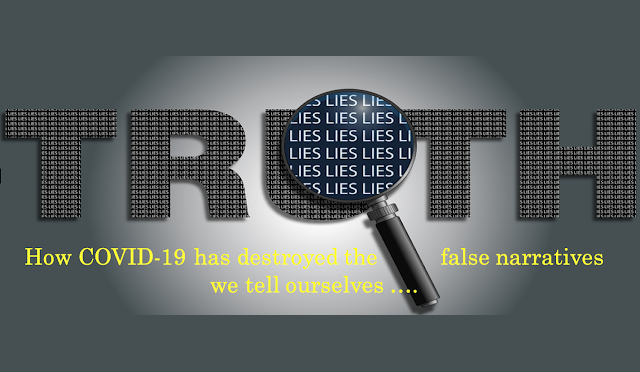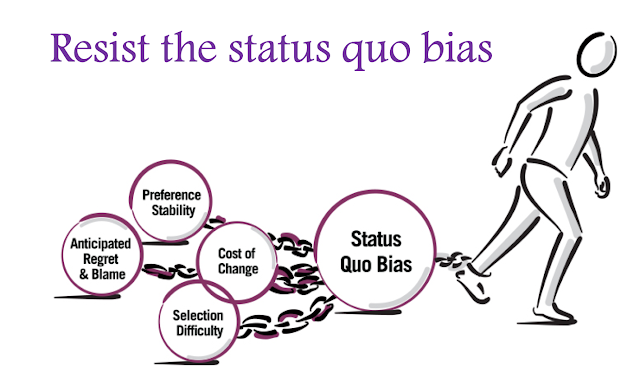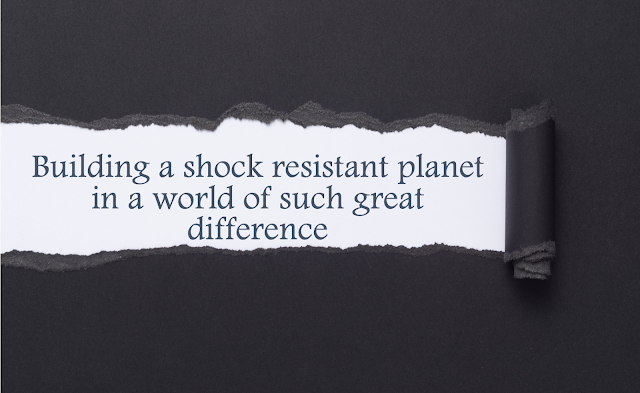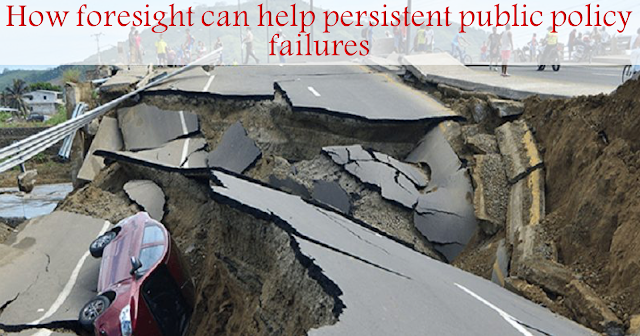
My youngling (she is three) keeps saying, “when coronavirus ends, we shall do ….”. Like her, we say it loud or deep-down wish that we could miraculously snap out of whatever this is and get on with life as we knew it. It is hard to come to terms with the fact that there is a breaking of the norm because human nature dislikes change and the disruption of known patterns and routines we effectively control.






